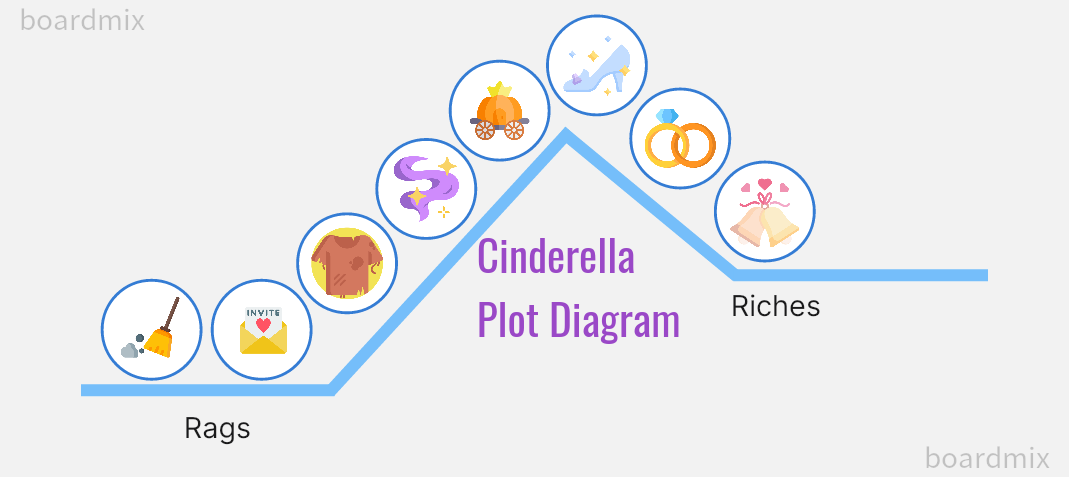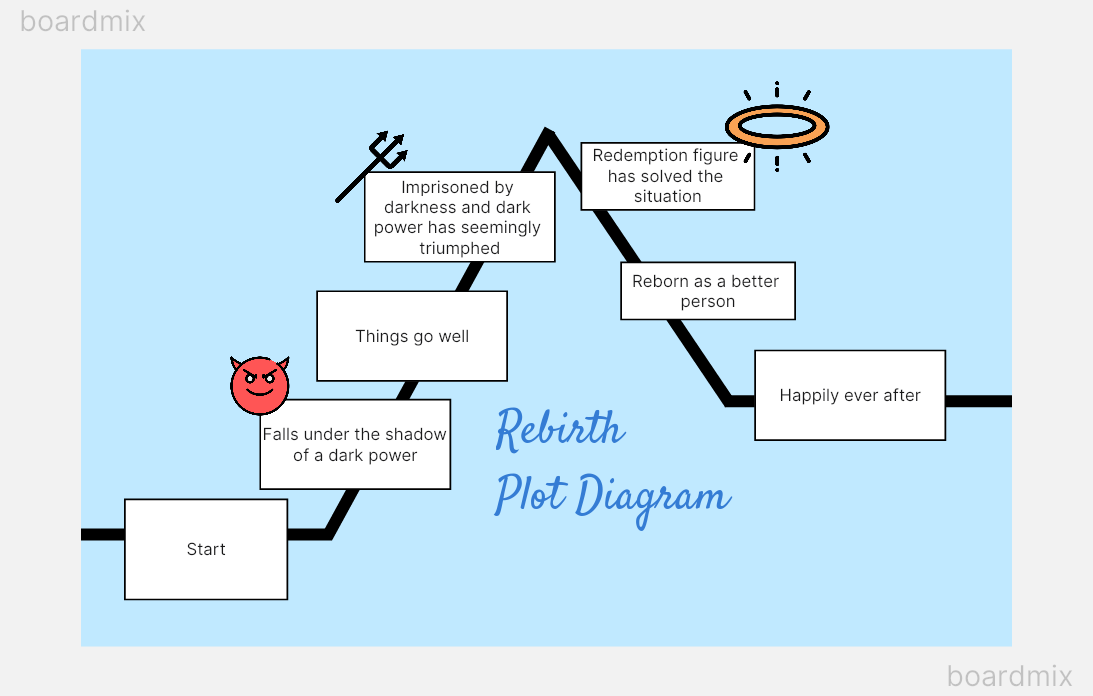Storytelling is a powerful tool that can transport you to new worlds, change your perspective, and even transform lives. As a creative, you might be seeking ways to craft such compelling stories, to breathe life into your narratives, stir emotions, and spark the imagination. If so, you’re in the right place! In this guide, we will explore how to master the art of storytelling with plot structure graphic organizers.
What is Storytelling
At its core, storytelling is the act of conveying a narrative – a series of events, real or imagined, that interest an audience. It’s how we share experiences, impart lessons, and evoke emotions. More than simple narration, storytelling is about connection, engagement, and impact. For creatives, telling stories isn’t just about entertainment. They’re a medium to express ideas, share visions, and create lasting impressions.

Benefits of Storytelling
Storytelling holds a treasure trove of benefits, especially for creatives. Here are a few key advantages that illustrate the power of a good story:
Connection: Stories help us connect with our audience on a deep, emotional level. They enable us to show our audience that we understand their experiences, hopes, and fears.
Memorability: People are more likely to remember a well-told story than dry facts or statistics.
Engagement: Stories are more engaging than other forms of communication. They can hold our attention and keep us invested in the narrative.

Elements of Storytelling
Storytelling is an intricate tapestry woven from various threads, each contributing to the overall narrative. To master the art of storytelling, it’s essential to understand these core elements.
Character: Characters are the heart of any story. They’re the ones who drive the plot forward and make us care about what happens next.
Plot: The plot is the sequence of events that make up the story. It’s the backbone of your narrative.
Conflict: Conflict is what drives the plot forward. It’s the tension that keeps your audience engaged and invested in the story.
Theme: The theme is the underlying message or idea that your story conveys. It’s what gives your story meaning and resonance.
Setting: The setting is the time and place in which your story takes place. It’s the backdrop against which your characters and plot unfold.
Methods of Storytelling
There are many different methods of storytelling, each with its unique strengths and weaknesses. Here are a few of the most popular methods:
Linear storytelling: This is the most common method of storytelling. It involves telling the story in chronological order, from beginning to end.
Non-linear storytelling: Non-linear storytelling involves telling the story out of order. This can be an effective way to build suspense and keep your audience engaged.
Flashbacks: Flashbacks are a type of non-linear storytelling that involves jumping back in time to reveal important information about the story.
Foreshadowing: Foreshadowing involves hinting at events that will happen later in the story. This can be an effective way to build tension and keep your audience engaged.
Plot Graphic Organizers: Plot diagram graphic organizers are a powerful tool for crafting compelling stories. They can help you visualize the structure of your story, identify plot holes, and ensure that your story flows smoothly.
Here are some of the most popular plot graphic organizers:
Story Map: A story map is a visual representation of the key elements of your story. It can help you identify the setting, characters, plot, conflict, and resolution of your story.
Plot Diagram: A plot diagram is a visual representation of the structure of your story. It can help you identify the key plot points, including the exposition, rising action, climax, falling action, and resolution.
Storyboard: A storyboard is a visual representation of your story, told through a series of images. It can help you plan out the visual elements of your story, including the setting, characters, and action.
Practical Steps to Improve Your Storytelling
Now that you understand the core elements of storytelling and the different methods and tools available to you, it’s time to start improving your storytelling skills. Here are some practical steps you can take to become a better storyteller.
Read widely: Reading widely can expose you to different styles of storytelling and help you develop your own voice.
Study the craft: There are many resources available to help you improve your storytelling skills. Consider taking a writing course, attending a workshop, or reading books on the craft of writing.
Get feedback: Feedback is essential for improving your storytelling skills. Share your work with others and ask for constructive criticism.
Experiment: Don’t be afraid to experiment with different styles, genres, and techniques. Trying new things can help you discover your unique voice and style.
Edit ruthlessly: Editing is an essential part of the writing process. Be willing to cut out unnecessary words, phrases, and even entire scenes if they don’t serve the story.
Stay inspired: Inspiration can come from anywhere – a song, a movie, a conversation, or even a walk in the park. Stay open to new experiences and ideas, and keep a notebook handy to jot down any inspiration that strikes.
Creating Storytelling Plot Graphic Organizer on Boardmix
Crafting compelling narratives can often be a challenging process. However, Boardmix graphic organizer simplifies this task by helping you create a clear and cohesive storytelling plot. Here's how you can build your own character setting and plot graphic organizer using Boardmix.

1. Log In to Boardmix
Navigate to the Boardmix website and log into your account. If you haven’t registered yet, don’t worry; signing up is easy and free.

2. Start a New Project
Upon logging in, click on the Plus Board from your dashboard to open a blank canvas where you can create your storytelling plot graphic organizer.

3. Choose a Template
Boardmix offers a vast range of templates for different types of graphic organizers. Look for a suitable storytelling plot graphic organizer template and select it. If the templates are not you are looking for, you can just start a new one.
4. Input Your Story Elements
Most storytelling plots contain the following components:
Exposition: The setup or introduction of the story, including the setting and characters.
Rising Action: Events that build up towards the climax, introducing various conflicts.
Climax: The peak of the story, where the main character confronts the primary conflict.
Falling Action: The events following the climax, showing its repercussions.
Resolution: The end of the story, wrapping up loose ends and showing the outcome of the conflict.
Finally, populate each section with the relevant details of your story on the plot elements graphic organizer.
5. Customize Your Graphic Organizer
With Boardmix, you have the freedom to personalize your storytelling plot graphic organizer. Adjust the font style and size, change colors for better differentiation, or even add images to enhance visualization.
6. Save and Share Your Work
Remember to save your work periodically to avoid any loss of information. Once you’re satisfied with your organizer, you can share it with others via email or by generating a shareable link.

Creating a storytelling plot graphic organizer on Boardmix helps visualize your narrative's progression, making it easier to identify any gaps or areas for improvement. Moreover, with its customizable and user-friendly features, Boardmix enables you to transform abstract story ideas into tangible plots. Harness the power of organized storytelling with Boardmix today!













